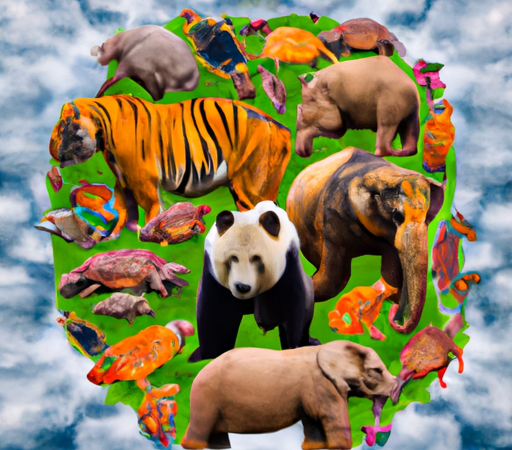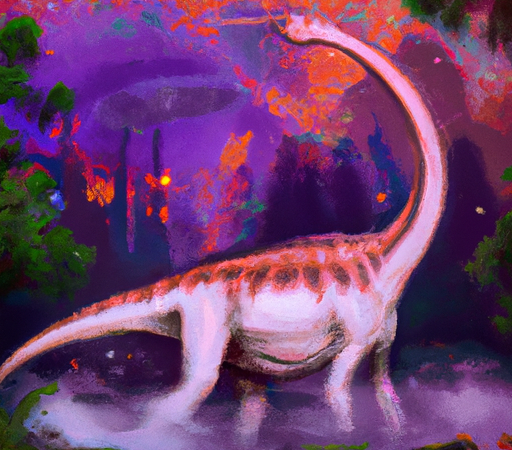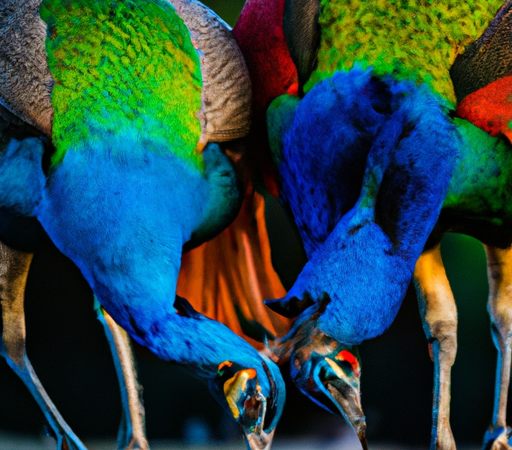Unique Adaptations: Animals with Unusual Defenses and Survival Mechanisms

Unique Adaptations: Animals with Unusual Defenses and Survival Mechanisms
In the vast kingdom of animals, there exists a remarkable array of adaptations and survival mechanisms. While some animals rely on traditional methods such as camouflage or speed to evade predators, others have developed truly peculiar and extraordinary defense strategies. These unique adaptations not only serve as fascinating examples of the diversity of life but also highlight the awe-inspiring ways in which creatures have evolved to thrive in their environments.

One of the most extraordinary defense mechanisms can be found in the aptly named bombardier beetle. This small insect possesses specialized glands that produce and store a volatile chemical mixture composed of hydrogen peroxide and hydroquinones. When threatened, the beetle releases this explosive combination, resulting in a chemical reaction that produces a hot, noxious spray. This spray, reaching temperatures of up to 100 degrees Celsius (212 degrees Fahrenheit), not only disorients predators but can also cause burns and blisters. This unique adaptation showcases the beetle's ability to turn potentially harmful substances into effective weapons for its survival.
In the animal kingdom, being tough is often associated with having a durable outer shell or armor. The armadillo, however, takes this concept to a whole new level. From the outside, an armadillo's armor may seem impenetrable, but it possesses a truly extraordinary ability to adjust its body temperature. Unlike most mammals, armadillos are not able to regulate their body temperature efficiently due to their low metabolic rates. To compensate for this, they have evolved the ability to roll into a ball, tightly closing their armored shell and creating an insulated environment that helps maintain their body temperature. This exceptional adaptation enables armadillos to survive in a wide range of climates, from the sweltering temperatures of the desert to the chilly nights of the high mountains.

Of course, not all unique adaptations are physical. Some animals have developed extraordinary strategies to deceive or trick their predators. Take, for example, the mimic octopus, which has the uncanny ability to impersonate other creatures. When threatened, this master of disguise can dramatically change its skin patterns, shape, and behavior to imitate various marine animals, such as venomous sea snakes, lionfish, or flatfish. By assuming the appearance of more dangerous creatures, the mimic octopus cleverly deters potential predators that might otherwise see it as an easy meal. This incredible imitation skill showcases the adaptability and intelligence of these cephalopods.
In the animal kingdom, survival is often a matter of escape. The hagfish has developed a particularly slimy strategy that almost seems like something out of a science fiction movie. When threatened or captured, the hagfish excretes large quantities of slime, creating a slimy cloud that confuses and deters predators. This sticky mucus not only makes it challenging for predators to maintain a grip on the hagfish but can also clog their gills, suffocating them. This bizarre defense mechanism is a testament to the hagfish's remarkable ability to adapt and survive in the depths of the ocean.
These examples of unique adaptations and survival mechanisms are just a glimpse into the diverse strategies animals have developed to stay alive in the brutal battle for survival. From explosive chemical sprays to perfect camouflage and intelligent deception, nature continually surprises and inspires us with its ingenuity. As we delve deeper into the mysteries of the animal kingdom, we uncover an endless array of fascinating adaptations that remind us of the extraordinary wonders that lie within the natural world.






